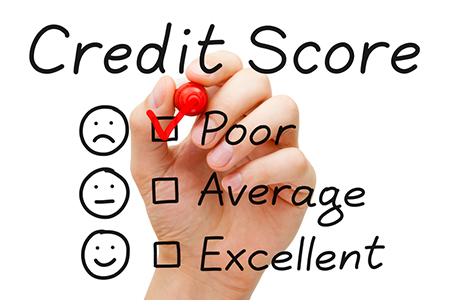
First-time home-buyers are usually the clients that have the most questions, but being on the other end of a sale can be challenging as well. Often misunderstood are the different options for selling a home.
While many assume consumers simply tell their agents when they’re ready to sell, and then the home is listed on the market, there are several terms that you should know to ensure you are listing correctly.
Exclusive Right to Sell
With this contract, the seller cannot list the property with any other agent and must pay the agent’s commission even if someone else finds a buyer. Even if a friend of yours decides to buy your home, the listing agent will still earn the sales commission. If another cooperating agent is involved, the commission is typically split between the agents. The normal contract length for this is about three to four months.
With this contract, the seller cannot list the property with any other agent and must pay the agent’s commission even if someone else finds a buyer. Even if a friend of yours decides to buy your home, the listing agent will still earn the sales commission. If another cooperating agent is involved, the commission is typically split between the agents. The normal contract length for this is about three to four months.
Open Listing
Similar in many respects to a For Sale by Owner listing, this means you are willing to work with real estate agents who want to show the home in an attempt to earn a commission. The difference is there is no exclusivity and you can give the listing to as many agents as you desire. No commission is owed if you find a buyer on your own, without any agent’s help. Agents often shy away from this type of listing because the seller can either sell the home alone or withdraw the listing without notice, and it’s not worth their time and effort unless they see the property as being unique.
Similar in many respects to a For Sale by Owner listing, this means you are willing to work with real estate agents who want to show the home in an attempt to earn a commission. The difference is there is no exclusivity and you can give the listing to as many agents as you desire. No commission is owed if you find a buyer on your own, without any agent’s help. Agents often shy away from this type of listing because the seller can either sell the home alone or withdraw the listing without notice, and it’s not worth their time and effort unless they see the property as being unique.
Multiple Listing
When you sell your home with an agent, it will be listed on a free multiple listing service that distributes your property information, photos and videos to other agents. Most MLS listings are also available on the internet, allowing homebuyers to research what’s for sale on their own—although these are typically not as accurate or regularly updated. MLS members can submit exclusive agency and exclusive right to sell listings to the local MLS.
When you sell your home with an agent, it will be listed on a free multiple listing service that distributes your property information, photos and videos to other agents. Most MLS listings are also available on the internet, allowing homebuyers to research what’s for sale on their own—although these are typically not as accurate or regularly updated. MLS members can submit exclusive agency and exclusive right to sell listings to the local MLS.
One-Time Show
This is similar to an open listing and is often used by real estate agents who are showing a For Sale by Owner to one of their clients. The home seller signs the agreement, which identifies the potential buyer and guarantees the agent a commission should that buyer purchase the home. This keeps the two parties from negotiating later and trying to avoid paying the agent’s commission. As with an open listing, agents will not be spending money on marketing your home and it will not be placed in the Multiple Listing System.
This is similar to an open listing and is often used by real estate agents who are showing a For Sale by Owner to one of their clients. The home seller signs the agreement, which identifies the potential buyer and guarantees the agent a commission should that buyer purchase the home. This keeps the two parties from negotiating later and trying to avoid paying the agent’s commission. As with an open listing, agents will not be spending money on marketing your home and it will not be placed in the Multiple Listing System.
Pocket Listing
If you are a high-profile seller who doesn’t want to list on the MLS, this is a private way to get your home seen. Agents will show the home only to those who they work directly with and who are good candidates to buy.
If you are a high-profile seller who doesn’t want to list on the MLS, this is a private way to get your home seen. Agents will show the home only to those who they work directly with and who are good candidates to buy.






